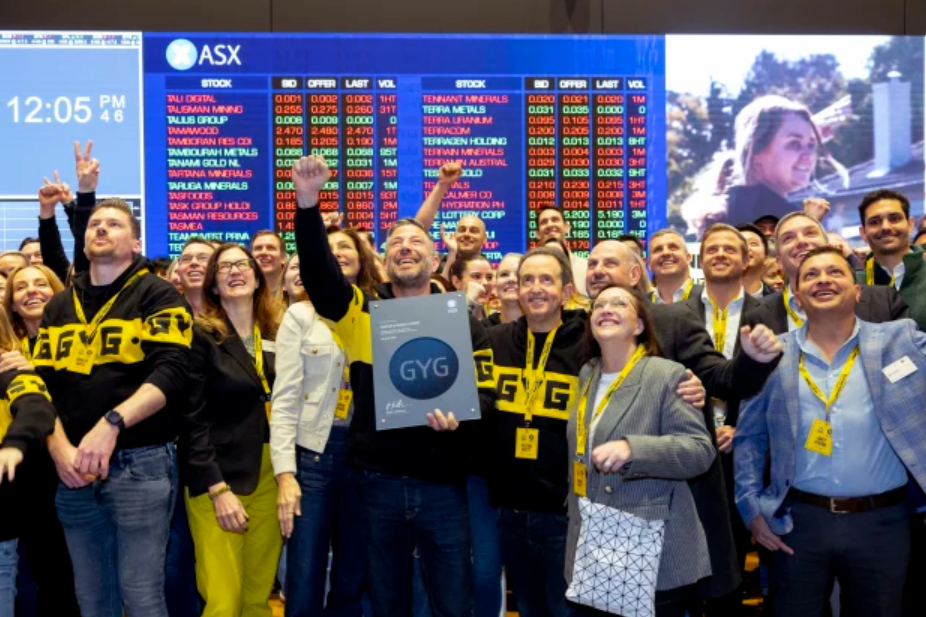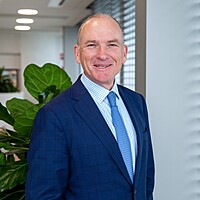Why Australia's sharemarket is a sure bet over the long term
The ASX 200’s recent milestone climbing above 8,000 is impressive, but it is the last 30 years that should really be celebrated – every $10,000 invested in 1994 would be worth $137,626 today.
After the Australian sharemarket’s key index broke through the milestone 8,000 mark for the first time a fortnight ago, we would do well to examine how we got here. Let’s start with a very long-term view.
The London Business School undertakes an annual yearbook of global investment returns that was first published in 2000 to evaluate 100 years of returns from 1900 to 2000.
Some 25 years later it continues to confirm the often-heard industry adage that ‘time in the market is more important than timing the market’.

Guzman y Gomez’s $330 million IPO on the ASX may be a sign of more buoyant times to come for the sharemarket. Dominic Lorrimer
Over the entire 124 years of the report’s coverage, Australia’s sharemarket has achieved a real rate of return of 6.7 per cent per year, representing a nominal return of about 10 per cent. That’s a stunning result over a very long period.
The ASX has also been the top-performing market, or in the top three, in each of the 25 published reports that have calculated the average performance between 1900 and the present.
Every $1 invested in the ASX in 1900 would now be worth $3,119 today in real terms (not including inflation). In nominal terms it would be even higher. Over the same period, bonds would be worth $7 and cash $2 in real terms and excluding inflation, which demonstrates very different outcomes over a longer term.
The London Business School also suggested that the best performing sharemarkets have had several consistent characteristics. The best were generally new world countries with strong population growth rates. They were also just lucky enough to have large and low-cost natural resource bases, as well as good corporate governance.
The best correlation with market returns across all individual markets was the dividend yield plus the real growth in dividends for that individual country’s market.
The great compounder
When you think about it, this makes perfect sense. Because in the long run, equity investors make their economic rent from the dividends they receive and the growth in those payouts.
Due to Australia’s imputation system and franking credits, we have one of the highest dividend yields in the world. This, along with a high dividend payout ratio, has the added benefit of creating a better system of capital discipline, which delivers higher returns and better dividend growth.
Now even if 124 years might be too long an investment horizon for most people, if we examine the last 10, 20 or 30 years, which should be the investment horizon for most Australians, the returns are still very impressive.
The last 30 years from July 1994 to June 2024 has seen an annual return for the Australian sharemarket of 9.1 per cent. Every $10,000 invested in the market on July 1, 1994 would be worth $137,626 by 2024. Now that is what I call a compounder!
It is also important to remember that this 30-year period included multiple crises including the Long-Term Capital Management hedge fund collapse, Russia’s bond default, the tech wreck, the global financial crisis followed by the European sovereign debt crisis. The outbreak of SARS, COVID-19 and a post-pandemic bout of serious inflation.
Even with all these periods of major market turmoil, the Australian equity market continued on its merry way and delivered solid long-term returns for investors.
The other interesting feature of the local market is that in any individual year, Australia is not the best performing market or often even in the top few. However, because returns are more consistent here and the standard deviation (volatility or risk) of returns is at the lower end of those across the globe, it means that over the longer-term, our investment returns head to the top of the table.
So absolutely, let’s celebrate the milestone of the S&P/ASX 200 hitting 8,000, but let’s also celebrate how it got here and why it got here. And that should not only help us stay calm through any future market turmoil and short-term noise, but also stay focused on investing as a long-term game.
I’m already looking forward to 10,000.

1 fund mentioned

